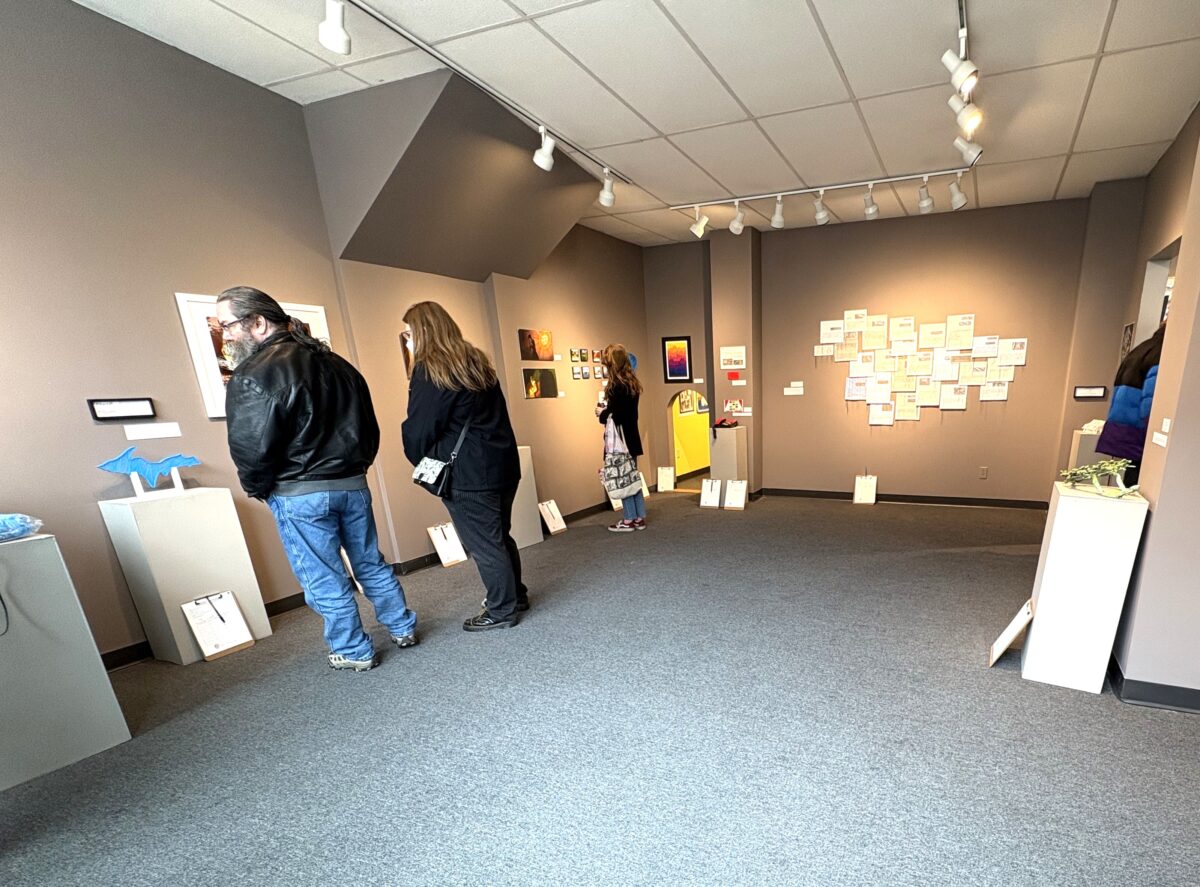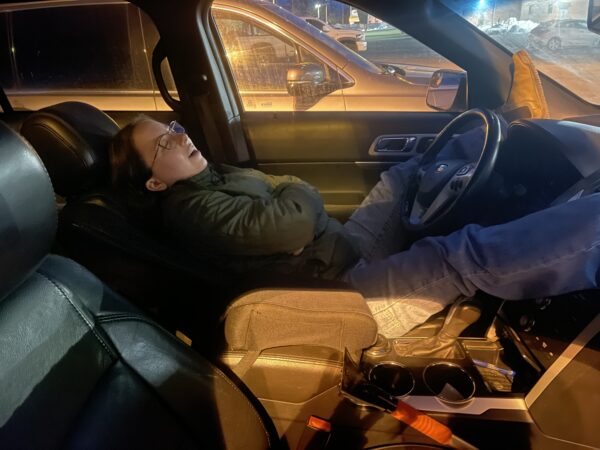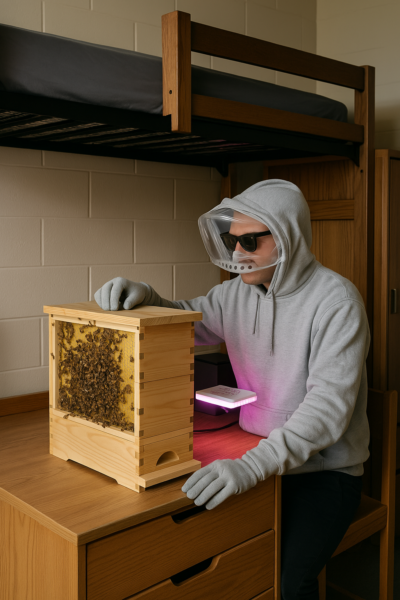On Apr. 2-4, 2025, the Art in Silico Exhibition was held at the Copper Country Community Arts Center (CCCAC). It displayed a wide variety of art from local, regional, and international artists that explored how art interacts with the digital world. Several events were held over the past two weeks, including keynote speakers Martin Kryinski and Sarah Bell. Apr. 3 saw the opening reception of the art exhibit, inviting the local community to explore the art made by all the artists. This was followed by the main reception held at the Orpheum Theatre in Hancock, MI, where there was live music from John Kiran Fernandes from the Olivia Tremor Control and an opening performance by Michael G. Maxwell.
Art in Silico is hosted by MTU’s Institute of Computing and Cyber Systems as a community-focused event, focused on ‘’bringing together people from all around the region and internationally,” said Tim Havens, Director of the Institute of Computing and Cybersystems. The event focuses on computational art, which is the “intersection between the creative arts, whether those be visual or music or performative and computation,” said Havens. “We have artworks that are very heavy on the visual aspects… we have arts that were heavily created by computational elements, with a lot of digital art.” According to Havens, one of the art show’s primary purposes is to inspire people into conversations about “what is art, and how is computation going to change our notion of art in the future.”
Artists can sell their art during this event in an auction during the reception. All money goes either to the artist or is donated to the slush fund (an MTU scholarship fund) and the CCCAC, at the request of the artist. Typically, this event has raised two to three thousand dollars each year for these organizations.
This event is held annually, with the next Art in Silico taking place next spring. Submissions are open to anyone, and Havens encourages everyone to consider submitting something, “We believe that all people are creative and all people are artists.” For more information, please visit the Art in Silico webpage.





